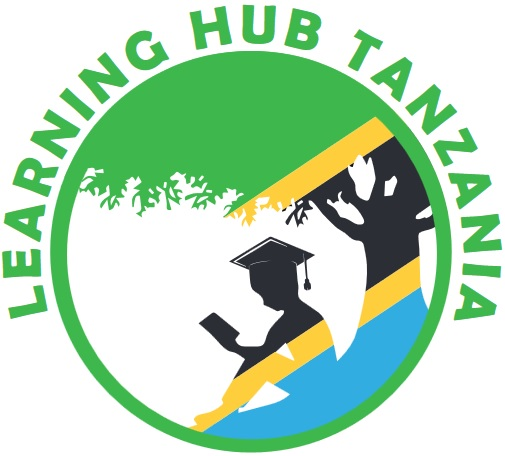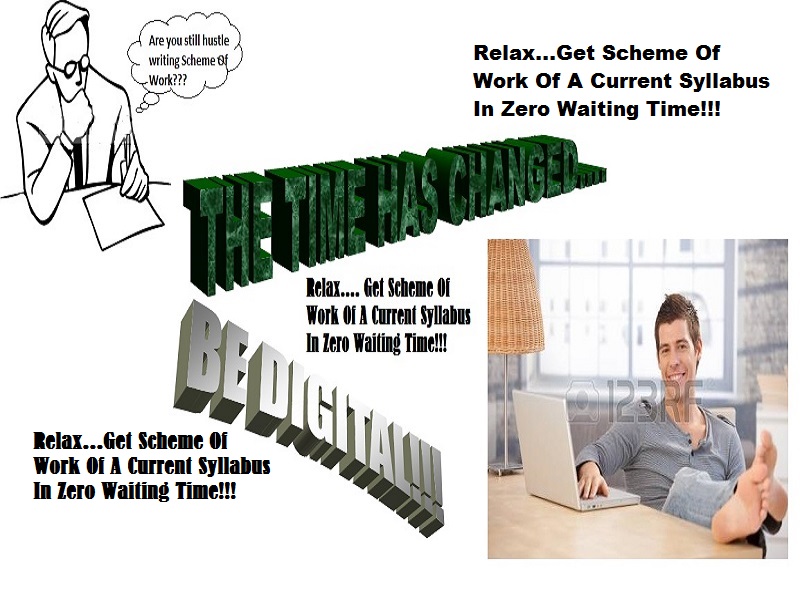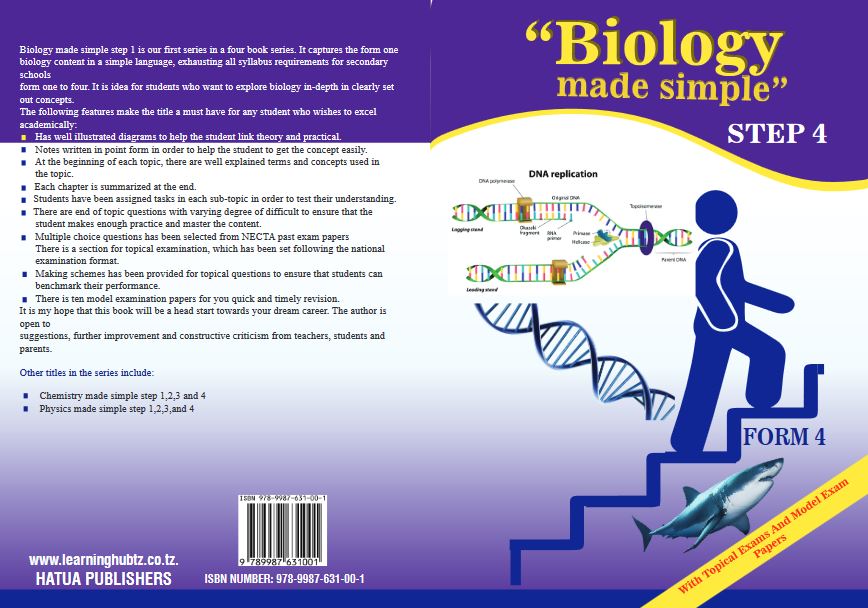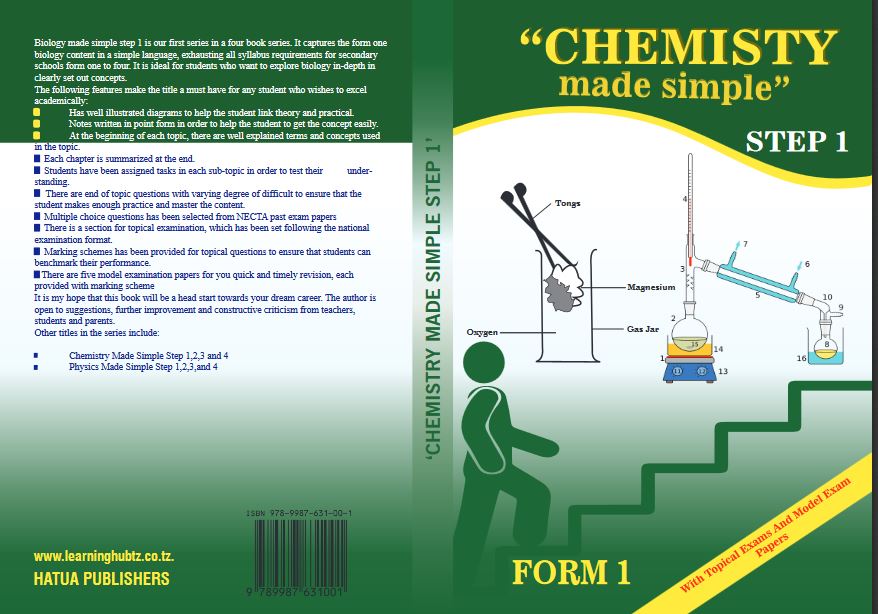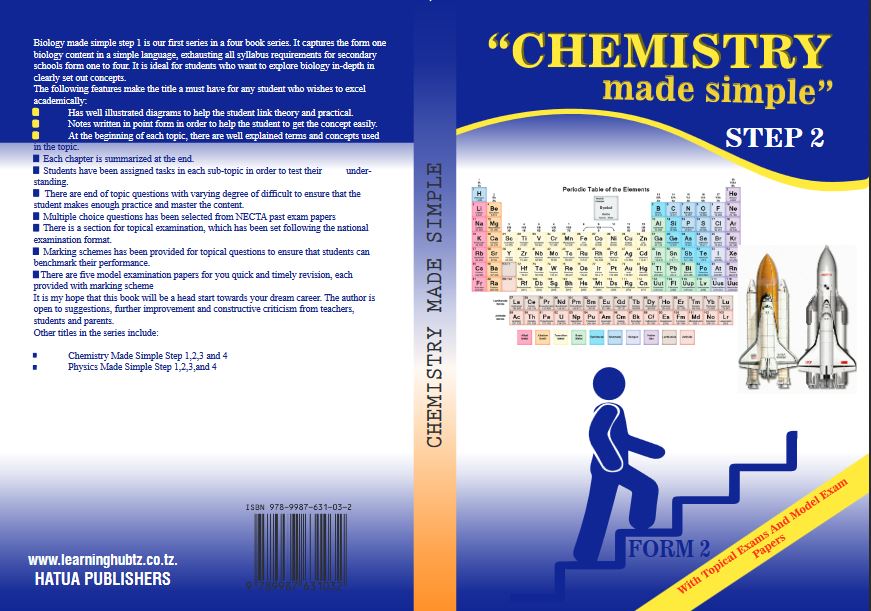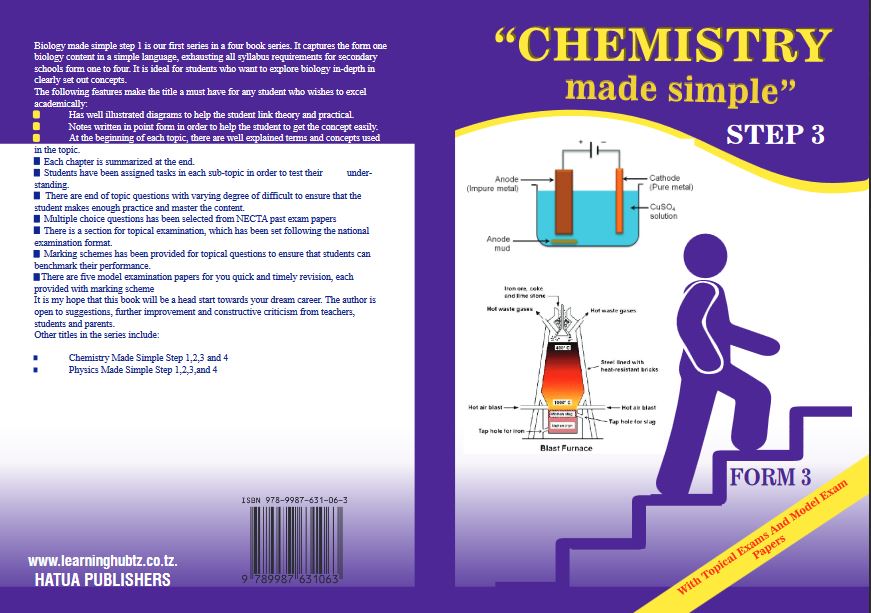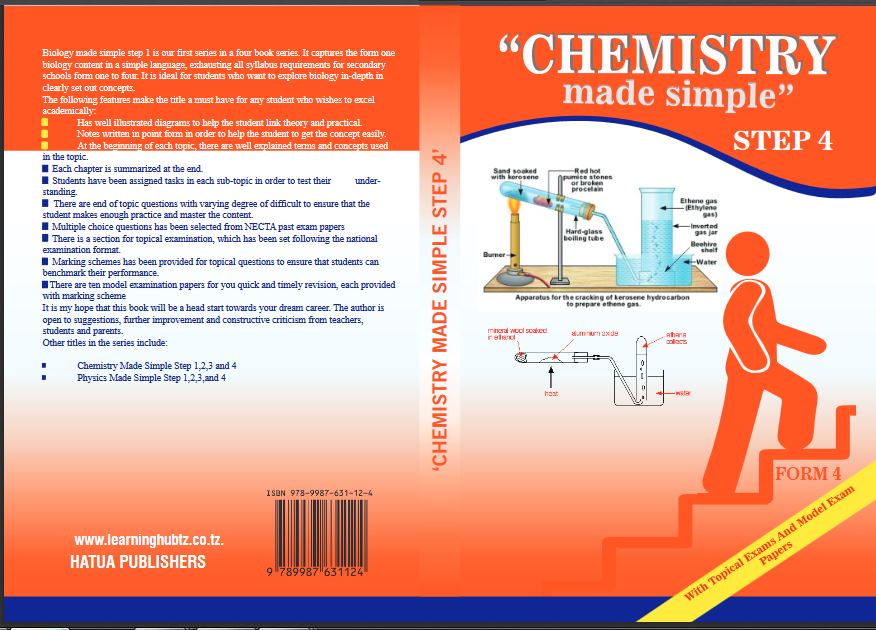PRESIDENT’S OFFICE REGIONAL ADMINISTRATION AND LOCAL GOVERNMENT
FORM THREE ANNUAL EXAMINATION
024 LITERATURE IN ENGLISH
Time: 3 Hours November 2025
Instructions
- This paper consists of sections A, B and C with a total of eleven (11) questions.
- Answer all questions in section A and B and Two (2) questions from section C.
- Section A carries (16) marks, section B (54) Marks and section C carries (30) marks.
- Cellular phones and any unauthorized materials are not allowed in the examination room.
- Write your examination number on every page of your answer booklet.
SECTION A: (16 Marks)
Answer ALL questions in this section.
1. For each of the following item, choose the best answer from the given alternatives and write the best answer beside the item in the answer sheets provided.
(i) Lakunle in ‘The Lion and The jewel’ is seen alone speaks his thoughts aloud to express his innermost thought while asking and answering himself, the technic is called?
- Stage directions
- Rehearsal
- Soliloquy
- Monologue
- Dialogue
(ii) In rising action, it is impossible to get solution of the conflict because?
- It is the only stage where characters are introduced to make climax.
- It is the only stage where tone is introduced to make crisis.
- It is the only stage where conflict is introduced to make exposition.
- It is the only stage where opposing forces are shown to make crisis and climax.
- It is the only stage where both characters and tone are introduced to solve conflict.
(iii) Ferdinandi Oyono in his novel Houseboy has presented his writing in which both characters and events are not real but they are imaginary, the work is termed as
- Fiction
- Non-fiction
- Imaginary story
- Short story
- Historical novel
(iv) Jengua composed a literary story dealing with one major theme which has got simple plot and few characters and can be read and completed in one sitting, the literary work will be termed as
- Novella
- Short story
- Fiction
- Short drama
- Mix form short story
(v) The Mount Kilimanjaro moved majestically many times; literary this is called?
- Personification
- Understatement
- Epilogue
- Symbolism
- Anaphora
(vi) Poets, Novelists and playwrights are called creators because?
- They create characters by giving the roles to represent the real human being.
- They create characters to speak figures of speech to the readers.
- They make rhyme and rhythm to the characters.
- They create Dramatic irony to the characters.
- They create titles which always relate to the content.
(vii) Ailatu used her body movement and facial expression to convey a message of anger to her husband without speaking, the situation is called?
- Theatre
- Stage
- Pantomime
- Aside
- Characterization
(viii) Mrisho Mpoto when performs, he likes to wear many clothes to make her fatter than the way she is, she also wears mask to hide her face while performing, these two garments worn termed as?
- Masks
- Costumes
- Performance garments
- Props
- Performance items
(ix) In The tragic play called Oedipus The King, there is a character who unknowingly marries his own mother, they make a family, a thing which is obvious known to the audience and not to the character, in drama this means
- Dramatic irony
- Foreshadow
- Irony of situation
- Satiric irony
- Verbal irony
(x) Literature is the work of ART due to the following except.
- The use title to relate the content.
- The use of setting to show an action.
- The use of literary language like Exaggeration
- The use of characters to provide message.
- The use of ordinary language like that used in normal works.
2. Match the concept in Column A with their corresponding terms in Column B In the following table
| COLUMN A | COLUMN B |
|
|
SECTION B: (54 Marks)
Answer ALL questions from this section.
3. Max and Zembwela were in great discussion about the concept of Literature. Max argues that Literature can exist without the society as he says Literature is an independent entity. As a Literature student argue against Max’s views (6 points)
4. A) Compose a sonnet elegy poem
B) i. Show two symbols and what do they symbolize.
ii. Show barbarism from your poem. iii. Relate the poem from your society. iv. Show the main theme of your poem.
5. Write the short notes for each of the following literary terms.
- Stage direction
- Prose
- Currently literature
- Cast of characters
- Plot
- Irony
6. Comment the following literary statements.
- Language is the literary tool.
- Novels are fictious work.
- Characters are the vehicles in literary works.
- Oral literature is the oldest one.
- Society is everything in literature.
- Reading literary works is like travelling worldwide.
7. Figures of speech includes things like, simile, repetition, hyperbole, symbolism, personification and onomatopoeia, with examples explain the roles of the terms.
8. I watched the drama called Barua Ndefu kama hii in the drama I saw dialogue and events which were consecutively with sound effect or music, prove by using six (6) points Why music applied in the drama.
SECTION C (30 Marks)
Answer only two (02) questions from this section.
LIST OF READINGS
PLAYS
- The Lion and The Jewel- Wole Soyinka
- The Trials of Brother Jero- Wole Soyinka
- The Dilemma of A Ghost- Ama Ata Aidoo
- The Government Inspector- Nikolai Gogol
NOVELS
- A Walk in The Night- Alex La Guma
- The Old man and The Medal- Ferdinand Oyono
- Houseboy- Ferdinand Oyono
- The Concubine- Elechi Amadi
POETRY
- Selected Poems- Tanzania Institute of Education
- Growing Up with Poetry- David Rubadiri
9. Poets are the teachers who always speak the truth, show your arguments by using two poems. six (6) points, three (3) points from each poem
10. People enter collision due different sources, use two plays of your choice to reveal causative of people to stay apart. Six (6) points, Three (3) points from each play
11. Novelists use figurative language to send message to the readers, use two novels to state how the novelist have used this technique accordingly six (6) points), six (3) point from each novel.
FORM THREE LITERATURE EXAM SERIES 242
FORM THREE LITERATURE EXAM SERIES 242
THE UNITED REPUBLIC OF TANZANIA PRESIDENT’S OFFICE – REGIONAL ADMINISTRATION AND LOCAL GOVERNMENT
FORM THREE ANNUAL EXAMINATION – NOVEMBER-2025 L
ITERATURE IN ENGLISH TIME: 3 HOURS
INSTRUCTIONS
- This paper consists of three sections A, B and C .
- Answer all questions in sections A and B and two (2) questions from section C.
- Cellular phones and unauthorized materials are not allowed in the examination room.
- Write your answers clearly in the spaces provided.
- All essays must be well organized and relevant.
Answer all questions in this section.
1. Multiple Choice Questions (10 marks). Choose the correct answer and write its letter in your answer booklet.
(i) Literature is best defined as:
- A collection of scientific facts
- Written or spoken works that express human experiences creatively
- A book written in English only
- The study of grammar
(ii) Which of the following is NOT a function of literature?
- To entertain
- To educate
- To preserve culture
- To measure speed
(iii) Which one of the following is an example of oral literature?
- A novel
- A poem performed by word of mouth
- A newspaper
- A biography
(iv) A short story is an example of:
- Drama
- Poetry
- Prose
- Folktale
(v) The repetition of initial consonant sounds in a line of poetry is called:
- Personification
- Alliteration
- Simile
- Metaphor
(vi) Which of the following pairs is correctly matched?
- Romeo and Juliet – Prose
- Things Fall Apart – Drama
- The Lion and the Jewel – Play
- The Pearl – Poetry
(vii) Which element of a play refers to the place and time of events?
- Theme
- Plot
- Character
- Setting
(viii) The message of a literary work is:
- What the writer intends to communicate to readers
- The list of characters in the work
- The sequence of events
- The way characters speak
(ix) Which of the following is NOT a genre of oral literature?
- Myths
- Proverbs
- Epics
- Novels
(x) Which literary device is used in the statement “The sun smiled at the village” ?
- Simile
- Hyperbole
- Personification
- Irony
2. Matching Items (6 marks). Match the items in List A with the correct responses in List B by writing the letter of the correct answer.
| List A | List B |
|
|
SECTION B (54 Marks)
Answer all questions in this section. Each question carries 9 marks .
3. A teacher asked her students to explain the value of literature in society. (a) Define literature. (b) State three functions of literature in everyday life. (c) Explain three ways in which literature preserves culture.
4. A grandmother narrated a folktale to her grandchildren during the evening. (a) Identify the genre of oral literature being performed. (b) Explain three importance of folktales in society. (c) Mention three challenges facing the transmission of oral literature today.
5. Students in a literature club read a short story written by a Tanzanian author.
- State three features of written literature.
- Differentiate between prose and drama.
- Give two advantages and one disadvantage of written literature compared to oral literature.
6. You are given a play with the following summary: “A young man refuses his father’s advice, later faces hardships, and finally realises the importance of family.”
- Identify two possible themes from the play.
- List three possible characters in this play.
- Draw a simple diagram showing the structure of the play (exposition → rising action → climax → falling action → resolution).
7. A poet writes: “Time is a thief, stealing our moments of joy.”
- Identify the literary device used in the line.
- Explain two reasons why writers use literary devices in their works.
- Mention two other literary devices and give one example of each.
8. In a play, the main character is portrayed as hardworking, generous, and caring, while his friend is lazy and jealous. (a) Distinguish between character and characterization. (b) State two methods a writer uses to reveal character traits. (c) Explain three roles of characters in a play.
SECTION C (30 Marks)
Answer two (2) questions from this section. Each question carries 15 marks .
9. Using one play or novel you have studied in class, discuss the main themes and show how the writer communicates the message to the audience.
10. “Literature is not only for entertainment but also for development of society.” With reference to two works of literature you have read, justify this statement.
11. With concrete examples from a play or novel you have studied, explain how setting, plot and language work together to make the story effective.
FORM THREE LITERATURE EXAM SERIES 238
FORM THREE LITERATURE EXAM SERIES 238
Hub App
 For Call,Sms&WhatsApp: 255769929722 / 255754805256
For Call,Sms&WhatsApp: 255769929722 / 255754805256
 For Call,Sms&WhatsApp: 255769929722 / 255754805256
For Call,Sms&WhatsApp: 255769929722 / 255754805256

